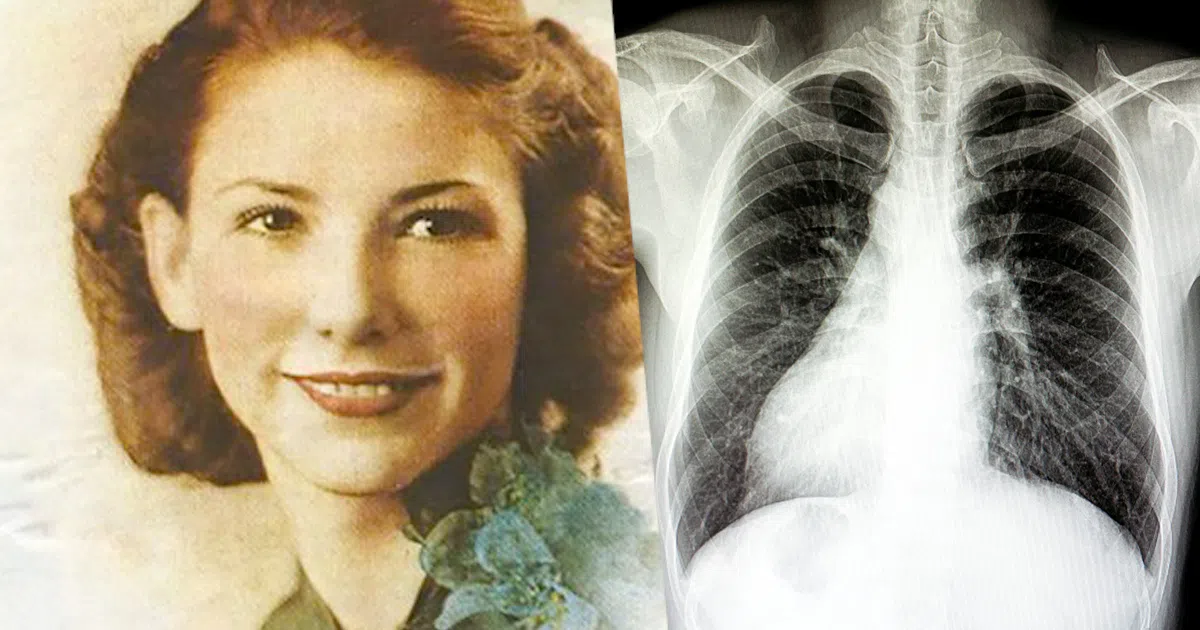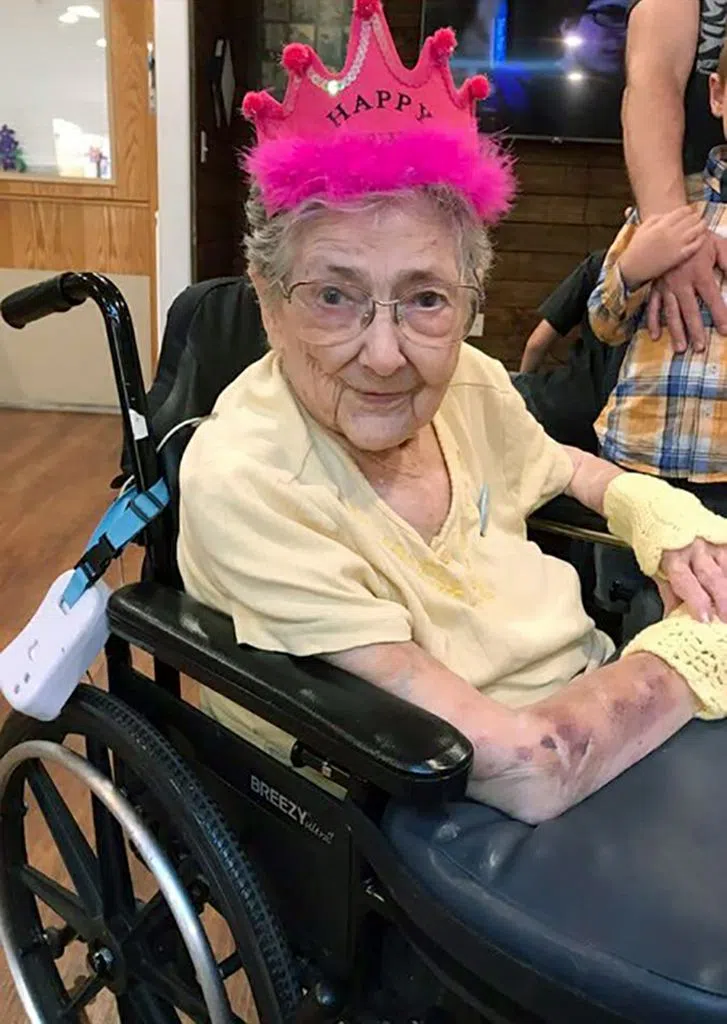
The Woman With Reversed Organs
Featured in Ripley's Believe It or Not!

The dead woman on the exam table harbored a strange secret inside her. The medical students standing above her didn’t realize it, though, until they opened her up.

Featured in Ripley's Believe It or Not!

The dead woman on the exam table harbored a strange secret inside her. The medical students standing above her didn’t realize it, though, until they opened her up.
Gross anatomy classes involve medical students dissecting the bodies of deceased donors to help them learn about human insides before they go on to perform surgery on living people. It helps to see the anatomy of multiple people so that students can get an idea of what the average person looks like, and what kind of variation there is.

Rose Marie Bentley/Photo courtesy of the Bentley family
Rose Marie Bentley, a 99-year-old Oregonian, was more of a variant type than an average. Bentley donated her body at death to be used for a gross anatomy class at Oregon Health and Science University (OHSU). She had comparably few medical troubles in her long life, outside of arthritis, which is common in the elderly. But when the students looked inside, they saw something off.
“When we were looking in the chest and studying the cardiovascular system, we noticed some of the blood vessels were different,” said Cam Walker, an assistant professor at OHSU. On further exploration, they found that her organs were all placed in a mirror-image of how they should be. Walker presented Bentley as a case-study in the Experimental Biology 2019 meeting.

Lynn Kitagawa for OHSU
Bentley had a rare condition called situs inversus. The condition places the liver, stomach, and other organs in the abdomen in the wrong place, which can be dangerous when the blood vessels don’t reach the organs properly. However, Walker explains Bentley was lucky because her heart was (literally) in the right place, so her condition was much less dangerous. Medical literature describes two other people with the same condition, with similarly positioned hearts, and they both lived normal lifespans, into their 70’s.

Lynn Kitagawa for OHSU
Even though Bentley didn’t provide a perfect example of a normal study subject for the students to examine, her body was still useful. Walker explains that it’s important to understand people with this condition because if a doctor notices that one organ is transposed in a patient, they should image the heart as well to find out if it’s formed properly. If it is, the patient has a much better chance of living as long as Bentley.
By Kristin Hugo, contributor for Ripleys.com
Source: The Woman With Reversed Organs
